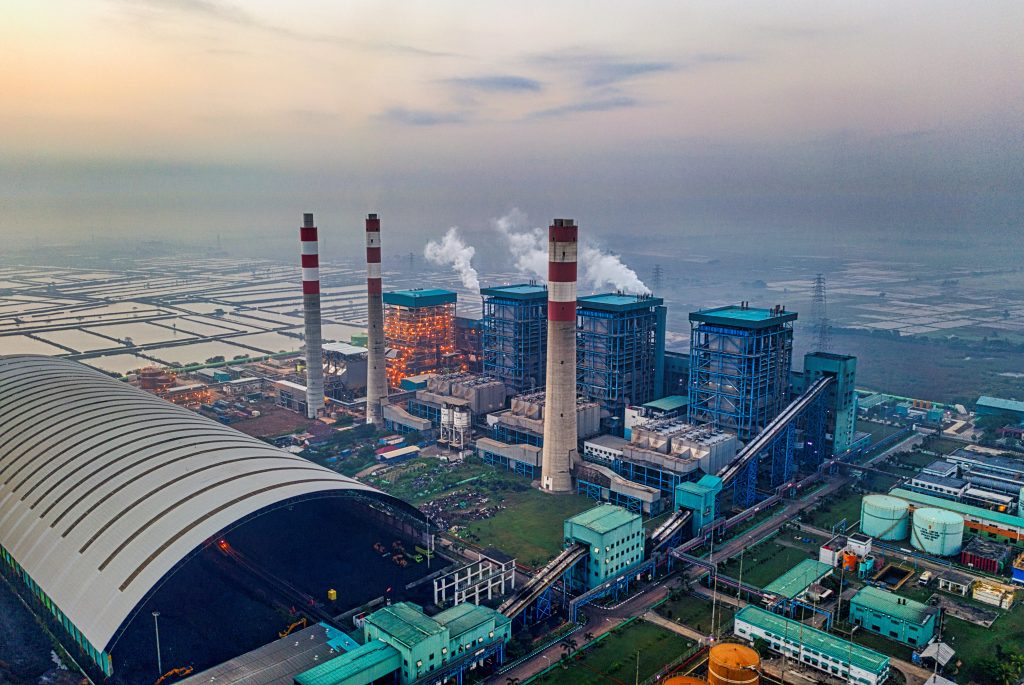- en
- fr
Amidst the global energy crisis, the Canadian oil and gas industry is experiencing a labor shortage
According to industry insiders, labor shortages in Canada’s oil and gas industry may limit its ability to quickly fill a supply gap left by US sanctions against Russia. Since last year, when rising oil prices sparked an increase in drilling activity in Canada’s oil patch, the industry has been struggling with a labor shortage.

According to the most recent Statistics Canada Labour Force Survey, Alberta’s unemployment rate was 4.9 percent in June and July before rising to 5.4 percent in August. The July rate was the lowest in the province since 2015, but it has yet to officially fall below the 4.5 percent threshold used by Alberta to define a labor shortage. CWC Energy Services had 100 open positions. CWC has been particularly short on front-line labor — field crews who lay pipe on service rigs that pump oil or natural gas, then work onsite during the well’s lifespan before eventually assisting in its decommissioning. Company president and CEO Duncan Au says the Calgary-based oilfield servicing operation has been struggling with months of hiring challenges, and it’s far from the only one.
While Canada’s industry has some ability to increase exports in the short term — estimates vary between 200,000 and 400,000 additional barrels per day — it can’t turn on a dime, said Mark Scholz, president and chief executive of the Canadian Association of Energy Contractors (CAOEC).
According to IEA data from 2022, Canadian oil production will increase to 6.4 million bpd in 2040 before declining to 5.5 million bpd in 2050 under current policies. The global energy transition and decarbonization efforts will most likely result in significant changes in the Canadian energy job market, possibly changing the very nature of some jobs, but even in 2050, there will be a sizable workforce employed in Canadian oil and gas.
Oil & Gas

